- Location: Puri, Odisha, India
- Dedicated to: Hindu Sun God Surya
- Timings: 6:00 am – 8:00 pm
- Entry Fee: No entry fee
- Time Required: 2-3 hours
- Architectural Style: Orissa or Kalinga style of architecture built in the thirteenth century
- Main Sanctum: The main sanctum of the temple houses the idol of Sun God Surya.
- Chariots: The temple has been designed as a massive chariot and it carries the sun god across the heavens.
- Historical Significance: The Konark temple’s history dates back to C.AD 1250. It was constructed to celebrate Sun God Surya.
- Rituals and Festivals: The Konark Dance Festival is celebrated every year for 5 days in the temple’s Natya Mandap (Dance Space) in December. The festival binds the artists and dancers to their roots.
- Symbol of the Cultural Heritage of Odisha: The Konark Sun Temple symbolizes Odisha’s rich cultural heritage and acts as an inspiration for architects, artists, and scholars.
- The Temple’s Magnetic Field: The temple has a strong magnetic field. It is said that many metal objects and compasses are influenced by their magnetism.
- Intricate Sculptures: The Konark Sun Temple is adorned with intricate sculptures that depict various celestial beings, mythological stories, and ancient India’s everyday life scenes.
The Konark Sun Temple is an architectural marvel situated in the eastern state of Odhisa. It has been declared a UNESCO World Heritage Site and holds immense relevance for the Hindus. King Narasimhadeva I built the temple in the 13th century and it is dedicated to Sun God Surya. It is one of the finest examples of temple architecture. The temple has a museum where various beautiful sculptures from the temple are beautifully displayed. At the front of the temple complex, every evening, a light and sound show narrates the religious and historical prominence of the temple. In the ancient period, the temple was named Black Pagoda due to its dark color and sailors used it in the past as a navigational landmark.
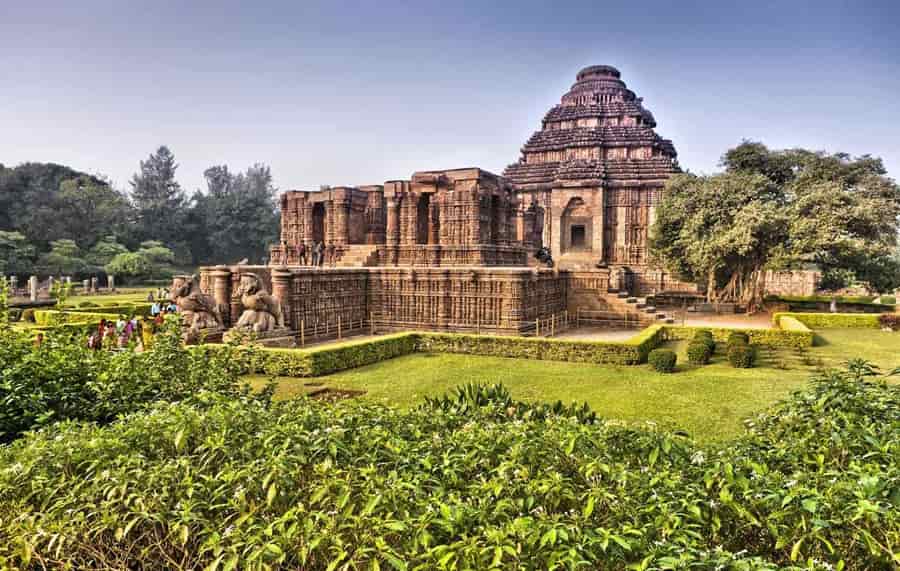
The Konark Sun Temple is known to be one of the finest architectural splendors. On the temple walls, there are sculptures of different life forms such as birds and animals, along with women and men performing various acts such as Kamasutra positions dancing, and hunting indicating the lifestyle of the people. Beautiful carvings are also engraved around the confines of the temple in the unsurpassed statuettes. Except for the eastern side, all the other three sides of the temple have three sun idols. The eastern side has been encrypted out of beautiful chlorite rock in a metallic green color.
The unique thing about the Konark Sun Temple is that it was built with various magnets. It is believed that the Sun God’s statue that is located inside the temple was composed mainly of material with iron content and it floated in the air, without any kind of physical support, because of the unique arrangements of the bottom, top, and reinforced magnets. Designed on twelve pairs of giant wheels as a colossal chariot being pulled by seven horses, carrying the Surya god across the heavens, the Konark Sun temple exudes the finest temple architectural style. The placement of the Sun God and the main temple has been aligned in a way that the Sun’s first ray crosses the Nata Mandir (Dancing Hall) and falls and reflects from the diamond that is placed at the Sun God’s crown. At the entrance, you can see two huge lions killing an elephant. The elephants represent wealth, the lions represent pride and both of them consume man.
Other sculptures that adorn the exterior of the temple include floral patterns, deities, animals, voluptuous women, aquatic monsters, and mythical beasts. The twenty-four giant wheels have been carved beautifully and each of the eight spokes comprise a medallion that contains figurative carvings.
The Konark Sun Temple opens at around 6 am in the morning and closes at around 8 pm. It remains open every day during these hours. During special days and festivals the Darshan timing may change so it’s better to inquire before visiting the temple.
History of Konark Sun Temple
The Konark Sun temple is centuries old. Its construction dates back to C.AD 1250. The temple was constructed to celebrate Sun God Surya and as a mark of respect. King Narasimha Deva initiated the construction of the temple. It spans around 26 acres of area and within its wide campus there are many components. In 1988 the temple was declared UNESCO World Heritage Site. It is also known as Black Pagoda because the sanctuary looks dark as it was constructed from black granite. Despite its beauty and grandeur, in the late sixteenth century the temple faced a major setback when the main spire collapsed. The main reason for this collapse is still a mystery, with different theories ranging from deliberate destruction to natural disasters. The British colonial government initiated efforts to conserve and restore the temple in the 19th century. Under James Fergusson’s supervision, the temple underwent extensive documentation and repairs.
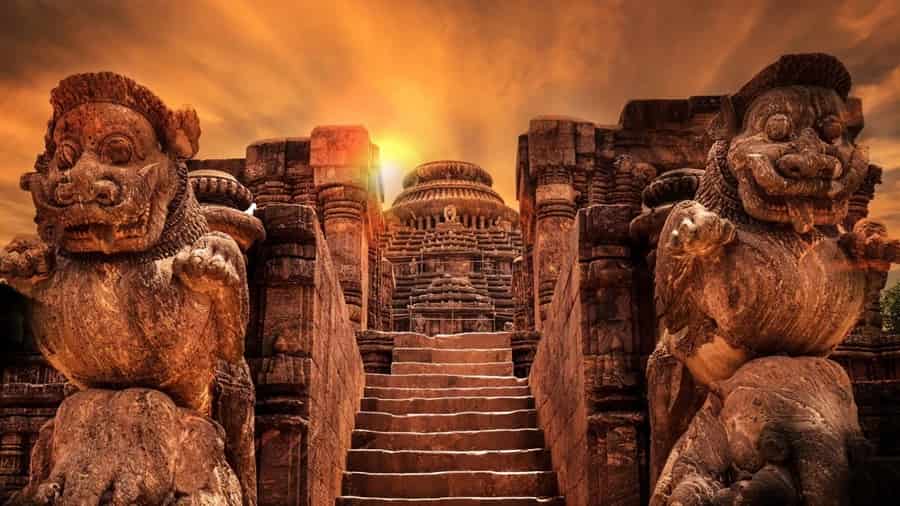
A 230-foot-high sanctum was a part of the original temple. However, it no longer exists. The temple now comprises a 128-foot audience hall, dining hall, and dance hall. The temple’s main attraction is 24 intricately designed wheels drawn by seven horses that represent the week. The wheels represent the twelve months and the eight spokes signify the day-cycle. This depiction signifies that the Sun controls time. The main entrance of the Konark Sun Temple leads to Lord Surya’s shrine, which is composed of vibrant chlorite stone. You can see intricate carvings of Hindu Gods and everyday-life images of birds and animals on the walls of the temple. The wheels were used as sundials to predict time accurately.
Since Konark Sun Temple gained UNESCO World Heritage status it has undergone many ongoing conservation efforts carried on by the Archaeological Survey of India to address the challenges that the temple has faced over the years, including effects of tourism, structural instability, and weathering. Despite the ravages of time and the collapse of its main spire, the Konark Sun Temple continues to captivate and inspire visitors from worldwide.
Konark Sun Temple Timings and Rituals
The Konark Sun Temple opens at around 6 am in the morning and closes at around 8 pm. It remains open every day during these hours. The timings of the temple may vary depending on festivities and special rituals.
Many rituals and festivals are celebrated at Konark Sun Temple that highlights its architectural grandeur and spiritual significance.
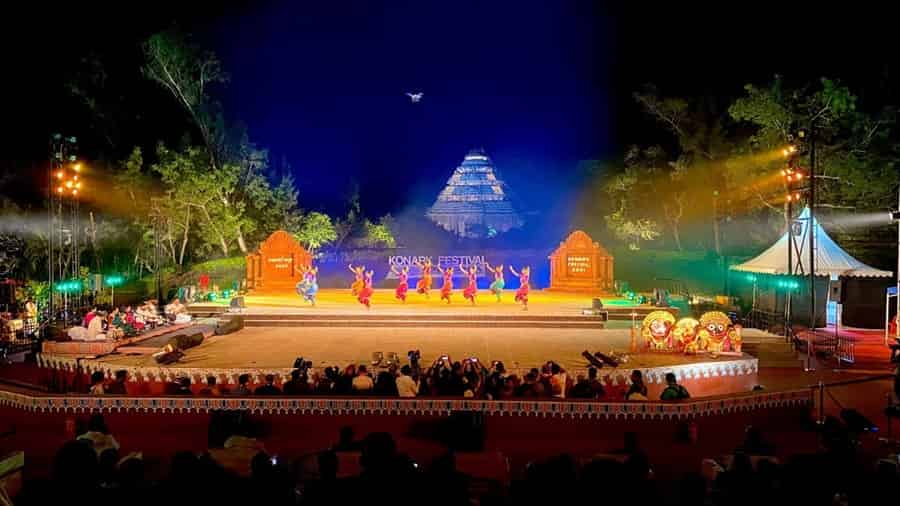
- Daily Pujas: Daily Poojas are performed by the Pandits at the temple to commemorate the rising sun. You can seek the blessings of Lord Surya for your well-being and prosperity.
- Sandhya Vandanam: This ritual is organized at dusk. While performing this ritual Pandits of the temple worship the setting sun. It basically marks the completion of a day and brings peace.
- Chandrabhaga Mela: This is one of the most popular festivals that is celebrated in Konark Sun Temple. During this festival, devotees take a bath in the Chandrabhaga River’s holy water and offer prayers to Sun God Surya for blessings.
- Pradakshina: Circumambulation around the temple’s sanctum sanctorum is a common practice. It signifies reverence and devotion towards Lord Surya.
- Festivals: Many well-known Hindu festivals like Kartik Purnima, Pongal, and Makar Sankranti are celebrated with special rituals and prayers at the Konark Sun temple, attracting devotees in large numbers from all around the world.
How to Reach Konark
The Konark Sun Temple is situated in Odisha, India. You can easily reach the temple by road, rail, or air. Bhubaneswar is the nearest airport and Puri is the nearest railway station around 35 kilometers away from the temple.
By Road
You can travel to Puri by road from various neighboring states and cities. You can self-drive to Puri if your vehicle is in good condition. The roads that lead to Puri are well-maintained and you’ll enjoy a picturesque drive. If you’re self-driving, you’re recommended to take the coastal road to Konark from Puri. If you do not want to self-drive you can hire private or government buses that operate from various nearby cities and towns to Puri. Konark Bus Stand is situated at a distance of around 6 minutes from the Konark Sun Temple. You can reach Konark in an hour by boarding a bus from Puri. Private operators and OSRTC provide bus service to Konark from Puri. You can also hire a taxi and private vehicles for a comfortable and personalized journey to Pune. Before setting out for the trip negotiate the rate with the driver to ensure you don’t overpay due to lack of knowledge.
By Air
Biju Patnaik International Airport is the nearest airport to Konark. It is situated in Bhubaneswar and is around 62 km away from the Konark Sun Temple. The airport has good connectivity with major Indian cities like Chennai, Hyderabad, Mumbai, Delhi, and Kolkata. From the Biju Patnaik International Airport, you can catch a taxi or bus to reach Konark Sun Temple.
By Rail
Puri is the nearest railway station to Konark Sun Temple. If you’re opting for rail service you will have to deboard at Puri Railway station which is situated at a distance of around 37 km from Konark Sun Temple. The city has excellent connectivity to all the main Indian cities. You can book trains from Bhubaneswar to Puri and then hire a taxi or bus at your convenience to reach the temple.
Best Time to Visit
November to February is considered the best time to visit Konark Sun Temple as the weather remains pleasant and comfortable allowing you to explore the temple without worrying about sunburn and heat rashes. You should avoid visiting the temple from April to June as the weather is very uncomfortable with unbearable humidity that may ruin your travel plans. It is also advisable to avoid visiting the temple from July to September as it marks the monsoon season when there are chances of heavy rainfall. Due to rainfall, you may not be able to enjoy outdoor activities during these months.
The Konark Dance Festival is organized during January or December making your visit to Konark Sun Temple even more meaningful. During these months you can enjoy folk and classical dance performances against the illuminated Sun Temple’s backdrop.

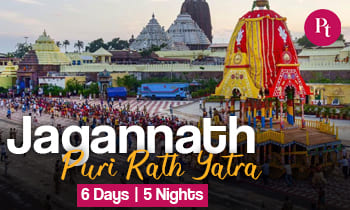
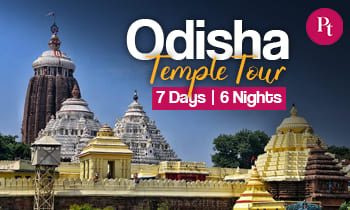
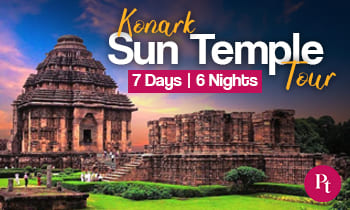
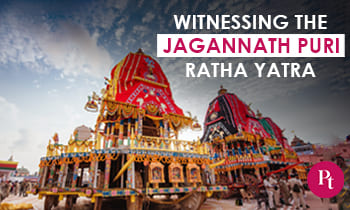
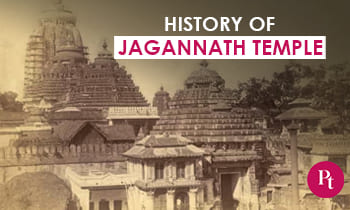
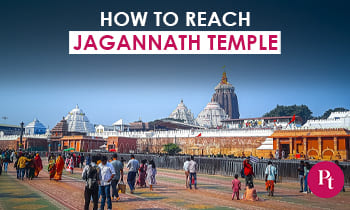
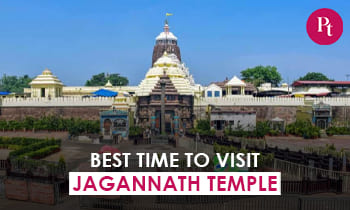

 Call
Call WhatsApp
WhatsApp Enquiry
Enquiry